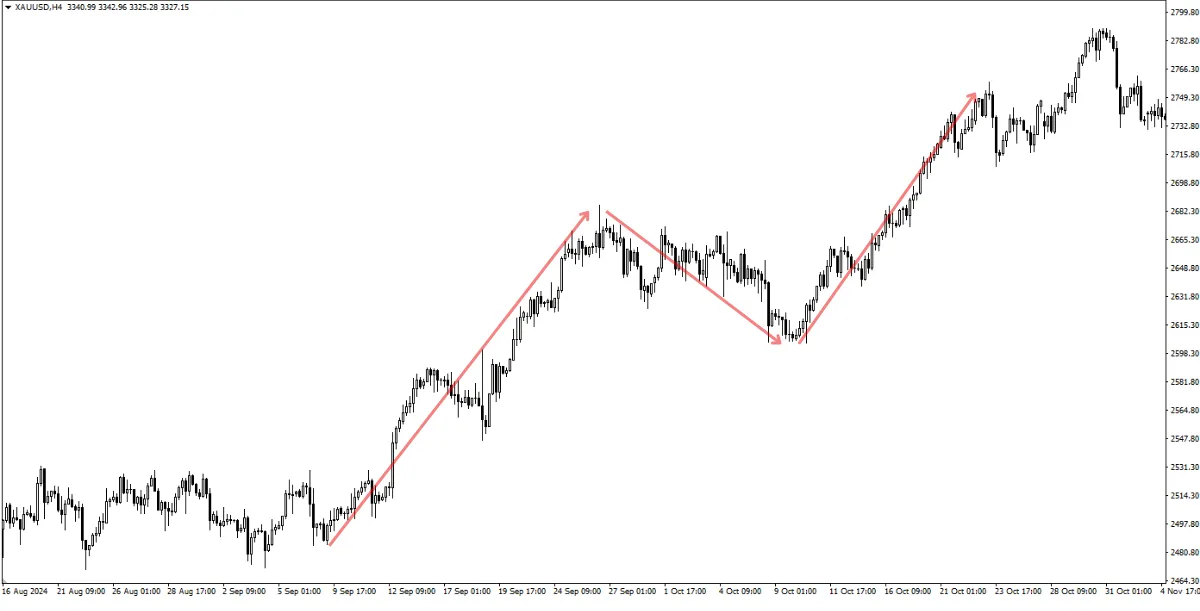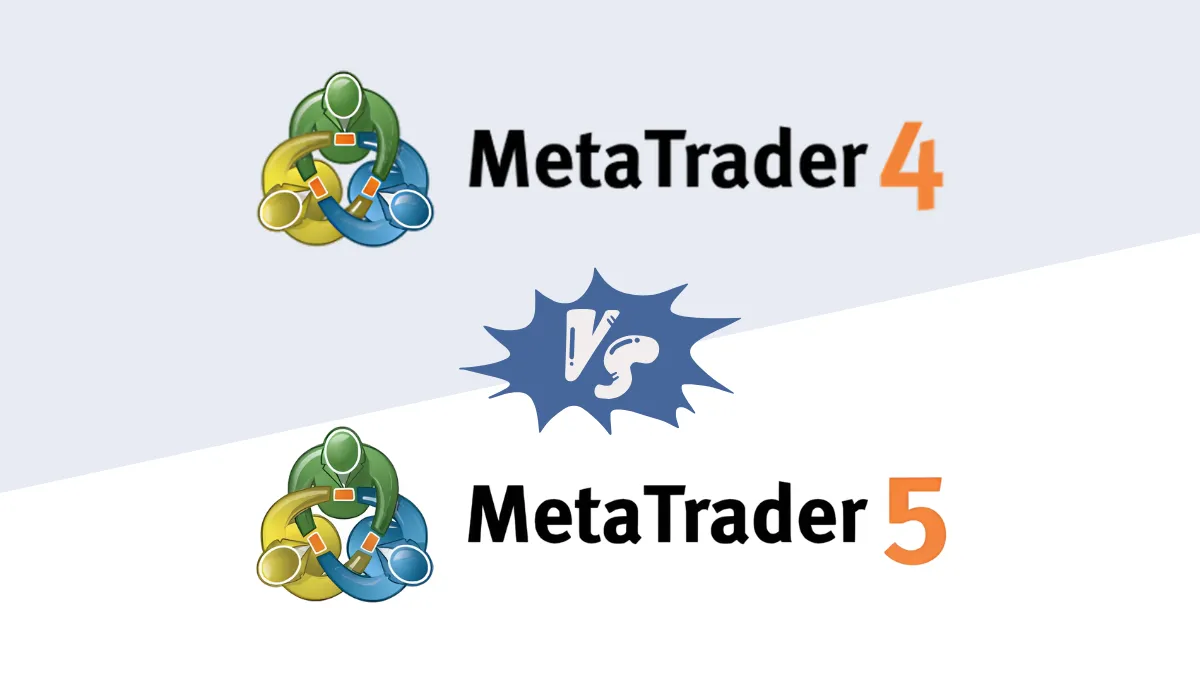Forex Swing Trading Detailed Explanation: Capturing Medium-Term Trends, Suitable for Patient Traders?
Among the different trading styles we discussed earlier (scalping, intraday trading, swing trading, long-term trading), "swing trading" occupies a middle ground.It does not require traders to monitor the market constantly like intraday trading, nor does it require holding positions for months or even years like long-term trading.
The goal of swing trading is to capture relatively clear price "swings" or "waves" formed in the market over several days to weeks.
For traders who cannot watch the market around the clock but have enough patience to wait for trading opportunities to develop, swing trading might be a worthwhile option.
So, how exactly is swing trading operated? What are its advantages and challenges? Is it suitable for beginners?
This article will provide you with a detailed analysis.
1. What is Swing Trading?
Swing trading is a trading style aimed at profiting from market price fluctuations lasting from several days to several weeks.Its core idea is to identify a potential medium-term price movement (whether an upward or downward swing), enter at the beginning of the swing, and exit at the expected end of the swing.
Differences from other styles:
It does not pursue very short-term small profits like scalping or intraday trading, and the holding period is longer.
It also does not focus on macro long-term trends spanning months or years like long-term trading (position trading), aiming instead to capture a "segment of the market" within the medium term.
 Swing traders try to catch a relatively complete "wave" within the market's "waves" of ups and downs.
Swing traders try to catch a relatively complete "wave" within the market's "waves" of ups and downs.2. Typical Practices of Swing Traders
Swing traders usually focus on the following aspects:- Main Analysis Timeframes: They tend to analyze longer timeframe charts, such as daily charts (D1), 4-hour charts (H4), and sometimes refer to weekly charts (W1) to determine the main market trend and find potential swing opportunities. Shorter timeframes (such as 1-hour charts H1) are sometimes used to more precisely locate entry and exit points.
- Main Analysis Methods:
- Primarily Technical Analysis: Swing trading largely relies on technical analysis. Traders use trendlines, important support and resistance levels, chart patterns that may indicate the start or end of a swing (such as reversal patterns, consolidation breakouts), moving averages, and momentum indicators like RSI and MACD to identify trading signals.
- Fundamental Analysis as Supplement: Although entry and exit decisions are mostly based on technical signals, swing traders usually also pay attention to important economic data release calendars and major news that may affect market sentiment to understand the broader market context, potential driving factors, or main bias directions.
- Position Management: Swing trading involves holding positions overnight and even over weekends. Therefore, traders must:
- Set reasonable stop-loss orders (Stop-Loss), which are usually wider than those in intraday trading to accommodate normal price fluctuations over several days.
- Set take-profit targets (Take-Profit) based on expected swing targets or key technical levels.
- Include swap fees/overnight interest (Swap Fee) in the consideration of trading costs.
3. Advantages of Swing Trading
- More Flexible Time Management: Compared to intraday trading or scalping, which require constant market monitoring, swing trading does not require as much real-time monitoring. Traders can analyze and make decisions at specific times each day (e.g., after market close), which may be more friendly for those with full-time jobs or other commitments.
- Capturing Larger Price Swings: The goal of swing trading is to capture trends lasting several days, so a single successful trade may yield more pips (potential profit) than intraday trades.
- Lower Trading Frequency, Potentially Optimized Costs: Due to fewer trades, the total spread and (if applicable) commission fees paid may be lower than in high-frequency trading. At the same time, lower trading frequency may reduce psychological stress and fatigue caused by frequent decision-making.
4. Challenges and Risks of Swing Trading
- Overnight and Weekend Risks: This is one of the main risks of swing trading. Holding positions overnight may encounter unfavorable market "gaps" (large differences between the opening price and the previous day's closing price), especially after weekends or major news events. Additionally, traders must bear the cost of swap fees.
- Requires Strong Patience and Discipline: Trades may take several days or even weeks to reach targets or stop-loss levels. Traders need sufficient patience to hold positions and resist psychological disturbances caused by minor pullbacks or consolidations, strictly following the trading plan.
- May Miss Short-Term Trading Opportunities: Because swing traders focus on capturing medium-term swings, they may overlook some short-term intraday trading opportunities.
- Stop-Loss Points Are Usually Wider: To avoid being stopped out by normal intraday price fluctuations, swing trading stop-losses are usually set farther away. This means that if the stop-loss is triggered, the absolute loss per trade may be larger (therefore, trading lot sizes must be adjusted to ensure that the loss per trade remains within an acceptable risk range).
5. Is Swing Trading Suitable for Beginners?
Potential Suitability: For some beginners, swing trading may be a good starting point because:- It requires relatively less time commitment.
- Analysis based on longer timeframes (such as daily charts) often shows clearer trends and patterns, less likely to be disturbed by short-term market noise.
Requirements for Beginners:
- Must have patience and high discipline to stick to a trading plan spanning multiple days.
- Must fully understand and be willing to bear overnight risks.
- Must master basic technical analysis skills on longer timeframe charts.
- Must learn how to calculate and manage position sizes (lot sizes) based on wider stop-losses to control risk.
Recommendation: If you are a patient, disciplined beginner who does not seek instant gratification and is willing to spend time learning risk management and daily chart-level analysis, swing trading may suit you.
However, be sure to practice and experience it thoroughly on a Demo Account first to feel its rhythm and psychological demands and judge whether this style truly fits you.
Overall, it is generally considered easier to start with than scalping.
Conclusion
Swing trading is a trading style that attempts to capture medium-term (several days to weeks) price fluctuations in the forex market.It mainly relies on technical analysis of longer timeframe charts (such as daily and 4-hour charts), supplemented by fundamental background considerations.
The advantages of this style lie in relatively flexible time management and the potential to capture larger single trades; the challenges include bearing overnight risks, requiring considerable patience and discipline, and reasonably setting and managing relatively wide stop-losses.
For beginners, whether swing trading is suitable depends on personal character traits, time availability, and emphasis on risk management.
It offers a trading option between extremely short-term and ultra-long-term styles.
Hi, We are the Mr.Forex Research Team
Trading requires not just the right mindset, but also useful tools and insights.Here, we focus on Global Broker Reviews, Trading System Setup (MT4 / MT5, EA, VPS), and Forex Trading Basics.
We personally teach you to master the "Operating Manual" of financial markets, building a professional trading environment from scratch.
If you want to move from theory to practice:
- Help share this article to let more traders see the truth.
- Read more articles on Broker Tests and Forex Education.





